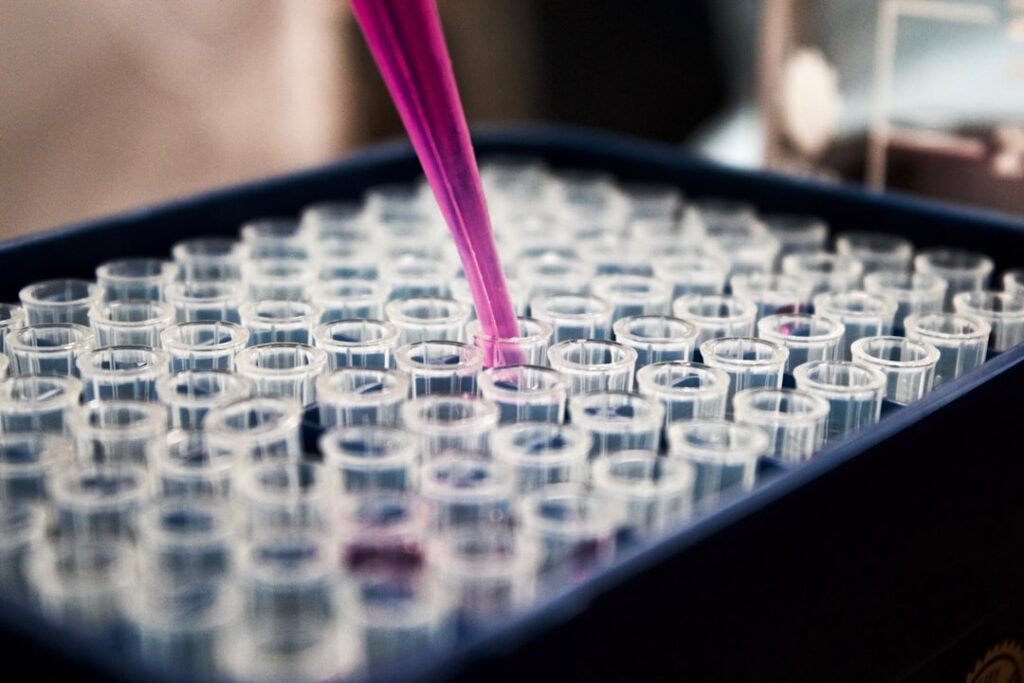Recent research led by Abolfazl Shokri from the School of Chemical, Petroleum and Gas Engineering at the Iran University of Science and Technology has unveiled promising advancements in carbon dioxide capture technology. The study, published in ‘Scientific Reports’, focuses on a novel composite material made of nanoporous metatitanic acid supported on gamma-alumina aerogel, which exhibits a significantly higher CO2 adsorption capacity compared to traditional adsorbents.
The findings reveal that this innovative material can capture carbon dioxide more efficiently, achieving an impressive adsorption capacity of 12.874 mmol/g. This performance surpasses that of commonly used materials like mesoporous MgO and 4Azeolite by approximately 11.46% and 4.84%, respectively. Shokri’s team optimized the conditions for this process, determining that the best results were obtained at a temperature of 20°C and a pressure of 7 bar with a 25% weight concentration of metatitanic acid.
One of the standout features of this research is the regeneration of the adsorbent, which is crucial for commercial applications. The study found that metatitanic acid not only enhances CO2 capture but also reduces the energy required for regenerating the adsorbent. By creating active sites and surface hydroxyl groups, it lowers the activation energy and improves thermal conductivity. The ideal regeneration conditions were identified as 100°C and a duration of just 30 minutes. As Shokri notes, “Metatitanic acid acts as a catalyst, which makes the entire process more efficient and less energy-intensive.”
These advancements have significant implications for the energy sector, particularly in the context of climate change and the urgent need for effective carbon capture solutions. With growing regulatory pressures and a global push towards sustainability, technologies that enhance CO2 adsorption while minimizing energy consumption are likely to attract commercial interest. The ability to regenerate adsorbents quickly and efficiently can lead to cost savings and improved operational efficiency for industries that rely on carbon capture.
Moreover, the study’s application of response surface methodology (RSM) to optimize the adsorption process opens doors for further research and development. This statistical approach could be utilized to refine and scale up the technology, making it more accessible for industrial applications.
In summary, Shokri’s research presents a promising avenue for improving carbon capture technologies, with the potential to make a substantial impact on the energy sector’s efforts to reduce greenhouse gas emissions. The findings underscore the importance of continuous innovation in the field of energy and environmental science, paving the way for more sustainable industrial practices. For more information about the research and its implications, you can visit the School of Chemical, Petroleum and Gas Engineering.




